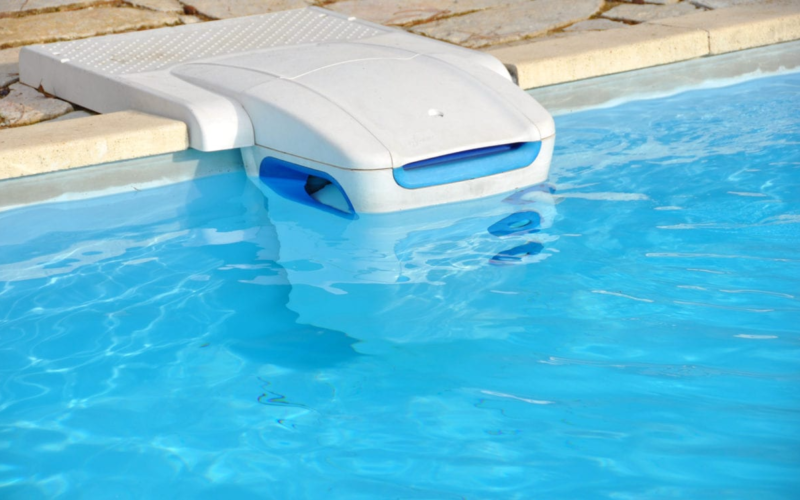People who have a sand filter pump sooner or later face the need to replace the filter filling. For many, this seems to be a difficult and incomprehensible process some do it wrong, which is fraught with consequences in the form of leaks, breakdowns, and so on. If you can categorize yourself in one of these categories, our article will be helpful. We’ve covered in detail how to change the sand in your filter pump.
Why need to change pool filter sand?
Regular replacement of sand is required not only to maintain the aesthetic function of the pool but also to avoid any risks for people’s health.
All debris, dirt, sweat, pieces of leaves, and other things that the sand collects are pathogenic organisms, bacteria that are dangerous to health. No or rarely replacing sand makes microbes multiply inside the sand and return to the pool, so can lead to inflammation of the mucous membranes and skin damage. They can also cause mold in the water (due to poor filtration), which can increase the risk of injury from slipping on it.
And pathogens can also accelerate the corrosion process, which leads to the destruction of the filter tank.
How often the sand needs to be replaced?
The sand pool filter pumps are the easiest and the cheapest in the maintenance, so on average, the sand should be replaced once a year, and backwashing every 1-2 weeks.
But it all depends on many factors, so to understand that your sand needs replacing, there are these simple signs:
- After multiple backwashes the water doesn’t become clear is an indicator that the sand is losing its properties.
- If your pool grows dull and loses its transparency, this means that the sand does not absorb all the fine debris and it falls back into the pool.
- Rapid algae growth and pool cloudiness are a sign that either you have low chlorine levels in your pool or the sand is not doing its job well.
How to change pool filter sand: step-by-step instruction
Step 1. Remove the old sand

- Turn off the filter and pump before starting work
You should turn on the switch and unplug the device from the socket. This will prevent water from entering the system and also keep you safe.
- Empty the filter reservoir
The drain plug is located near the bottom of the filter. Find a place where it is safe to drain the water (e. g. into the bathtub; into a cesspool; somewhere in an inconspicuous place on your lawn etc.) and remove the plug. Wait for the water to drain completely. This may take some time.
- Release the multiport valve
The multiport valve is located on the top of the tank. You need to loosen the bolts that secure it to release it.
- Detach the pipes
You need to unscrew all the hoses and pipes that are attached to the multiport valve.
- Pull of the multiport valve
The valve is the pull-off by a slight turn and lifting, swinging to the sides.
- Cover the riser pipe
You need to keep sand out of it, so cover the pipe with a cloth or any suitable plug.
- Remove the sand
You can use any container to collect all the sand from the container. You can also use an industrial/wet vacuum cleaner.
- Clean the tank thoroughly
After removing the sand, use water to clean the inside of the filter tank (also outside if necessary).
Step 2. Add the new sand

- Attach the drain plug
To add new sand, you need to screw the drain plug back to the base of the tank. Check the tightness of the fastener to avoid leaks.
- Add the new sand
Before adding sand, add some water to the bottom of the tank. This will mitigate the impact of the falling sand on the structure. Then add the new sand.
- Fill the reservoir with water
Add water to the level of the sand you filled earlier.
- Return the multiport valve
Remove the fabric or plug from the riser pipe and position the valve on it. Wiggle slightly from side to side when installing.
- Screw on clamps and pipes
Connect all pipes and hoses and screw the connections as tight as possible to avoid leaks.
Step 3. Backwashing

- Enable backwash
Check if the backwash hose is connected to the backwash valve. Then push and turn the lever on the top of the multiport valve. Turn on the filter pump for 2 minutes.
- Rinse the filter
Turn the knob at the top of the multiport valve again but to the flush position and run for 1 minute for cleaning the remaining small particles of debris or dirt.
- Place the valve back on the filter and turn on the pump
Check if the filter is working, if there is enough clean water. If not, perform another backwash.
Summary
By following this simple and detailed guide on how to change sand in a filter volume, you will never again worry about something going wrong. Change the sand regularly and your filter will perform well and the water stays clean for a long time!
FAQs
⌛️ How often need to change pool filter sand?
It depends on the level of pollution in your pool, its size and the time of working. But on average the sand should be replaced every 12 months.
🌀 How often should I backwash the sand filter?
It also depends on several factors, but we recommend backwash it every 1-2 weeks.
♻️ Can I reuse pool filter sand?
We do not recommend it because the sand collects all the dirt, insects, particles, and so on. Reuse will result in re-contamination of your pool.
❌How not break the tightness of the sand pool filter?
To avoid leaks associated with leakage of the tank, check that all valves, pipes, and clamps are tightly screwed in. You can also use lubricate for the O-ring and so on.




